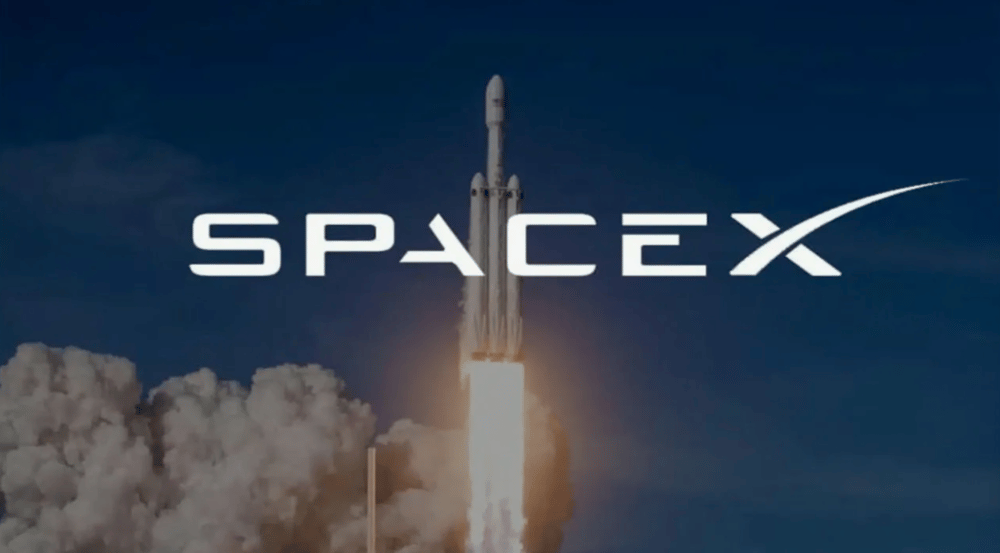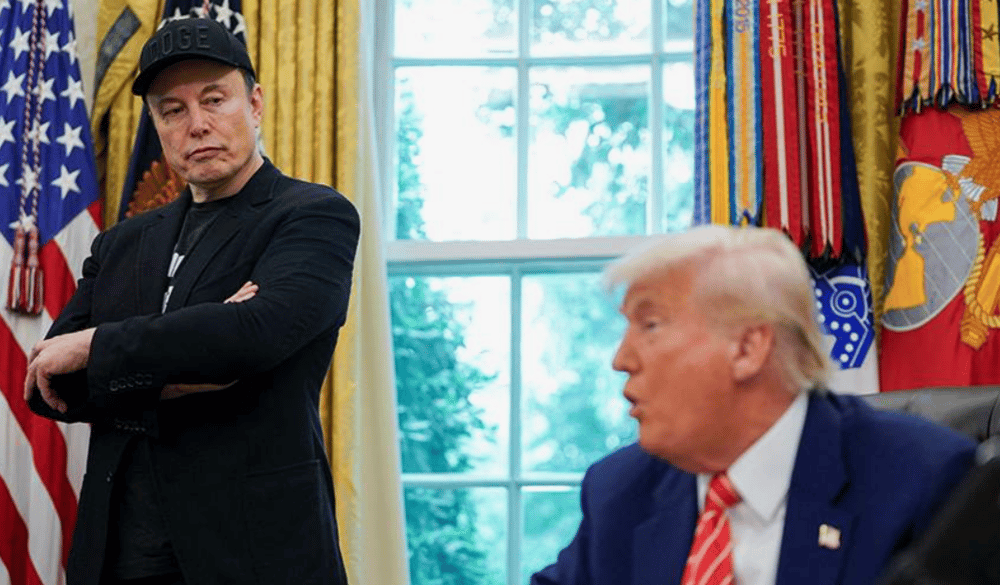$22 Billion in U.S. Government Contracts with SpaceX Threatened Amid Escalating Elon Musk
Tensions between Elon Musk, CEO of SpaceX, and former U.S. President Donald Trump erupted publicly this week, casting a shadow over the future of key American aerospace and defense initiatives. At the heart of the dispute are $22 billion in federal contracts awarded to SpaceX, now potentially at risk due to an intensifying political confrontation. This development arrives at a critical juncture for national space policy, military satellite deployment, and broader U.S. innovation strategies.
Political Feud Jeopardizes Strategic Space Programs
The rift was triggered by Musk’s sharp criticism of Trump’s recently enacted economic bill, which combined substantial tax reductions with increased government spending. Sources close to the administration confirmed that during a closed-door Oval Office meeting, Trump lashed out at Musk. The situation escalated when Musk responded with a series of scathing online remarks, provoking Trump to threaten cancellation of federal agreements with Musk’s companies, particularly SpaceX.
Should these contracts be terminated or paused, the implications would ripple across the defense sector and disrupt programs managed by NASA, the U.S. Air Force, and the Pentagon. Many of these contracts are tied to national security, satellite launches, and next-generation space infrastructure.

Quick Facts
SpaceX currently holds approximately $22 billion in U.S. government contracts.
These contracts cover military satellite launches, NASA crewed missions, and classified defense payloads.
The Trump-backed bill involves major tax cuts and spending hikes, criticized by Musk as “economically reckless.”
Trump publicly rebuked Musk following the criticism and threatened to annul federal contracts.
SpaceX’s primary competitors, including Blue Origin and ULA, may stand to benefit from any suspension of contracts.
Market Reactions and Strategic Responses from Stakeholders
While SpaceX remains privately held and immune to stock market volatility, the broader space and defense sector showed signs of concern. Contractors like Lockheed Martin $LMT, Boeing $BA, and Northrop Grumman $NOC saw intraday fluctuations amid speculation of reallocated federal funding.
Government agencies, including NASA and the Department of Defense, have yet to issue official statements but are reportedly assessing contingency plans. The possibility of redirecting launch services to competitors like United Launch Alliance or Blue Origin poses logistical and cost challenges, given SpaceX's pricing advantage and technical reliability.
Insiders suggest that Musk is prepared to challenge any formal contract termination in court, citing breach of federal procurement rules. Legal experts also highlight that politically motivated contract terminations could provoke a wave of litigation and destabilize future public-private collaborations in aerospace.

Key Takeaways
$22 Billion in Federal Contracts at Risk — SpaceX’s cornerstone government relationships may unravel due to political fallout.
Critical Programs Disrupted — National defense and NASA missions could face launch delays or budget overruns.
Alternative Providers Unprepared — Competitors may not be positioned to immediately absorb SpaceX’s responsibilities.
Market Sensitivity Heightened — Defense sector equities show signs of volatility amid policy uncertainty.
Legal Confrontation Likely — Potential court battles may set precedents for politically influenced contract decisions.
Strategic Consequences for U.S. Space Policy and Industrial Stability
The breakdown in relations between Elon Musk and Donald Trump represents more than a personal conflict — it signals a potential shift in how U.S. space programs are managed and politically influenced. If government contracts are severed, it could delay vital space and defense initiatives, impair national security, and send shockwaves through an already tense political and economic environment. While the long-term fallout remains uncertain, the incident underscores the risks of politicizing strategic industries where continuity and stability are paramount.















Comments